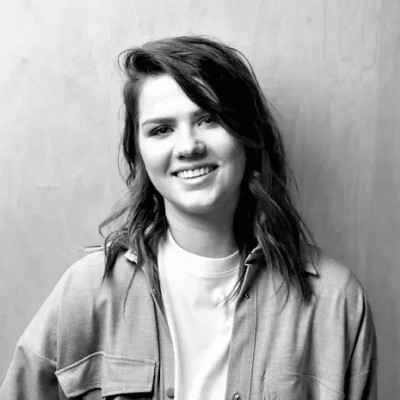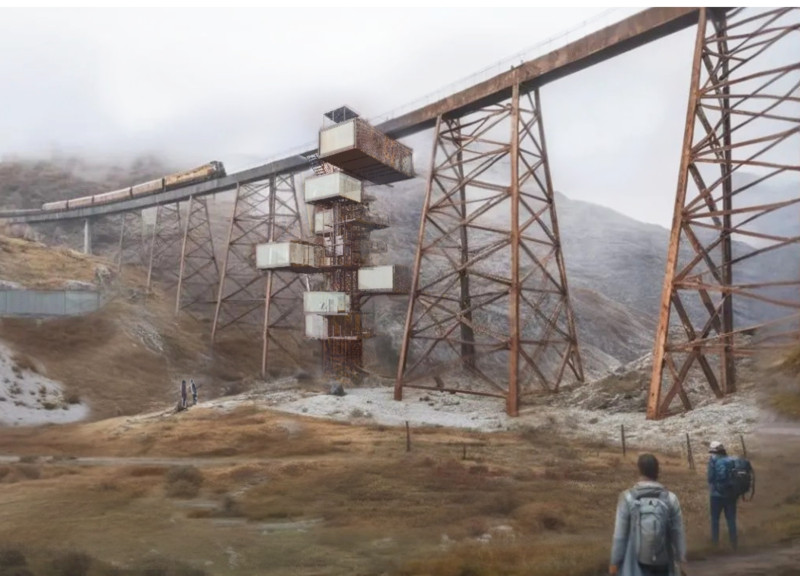5 key facts about this project
The primary function of this architectural design is to serve as a versatile community center, tailored to accommodate a variety of activities and gatherings. This multifunctional space reflects a commitment to serve diverse populations through rooms designed for meetings, workshops, and cultural events. The layout is strategically organized to facilitate circulation and interaction among users, inviting both community members and visitors to engage in meaningful ways.
One of the most distinctive elements of the project is its materiality. Careful attention has been given to the selection of materials that not only align with sustainable practices but also enhance the design's aesthetic appeal. The primary materials used include locally sourced timber, which offers warmth and texture, alongside robust concrete that ensures structural integrity. Glazing materials are utilized extensively to invite natural light into the building, creating an uplifting atmosphere that promotes well-being. Additionally, green roofing elements are incorporated to further blend the built environment with nature, providing insulation and promoting biodiversity.
The design concept is deeply rooted in the surrounding landscape, fostering a sense of belonging and connection to the local environment. The architects have adopted a biophilic approach, emphasizing the integration of natural light and vegetation within the architectural spaces. This is exemplified by strategically placed windows and skylights that not only illuminate the interiors but also frame picturesque views of the natural surroundings. The incorporation of green spaces within and around the building provides tranquil retreats that encourage reflection and social interaction.
Unique design approaches are evident throughout the project, particularly in its responsiveness to the local climate and cultural context. A passive design strategy has been employed, optimizing the use of natural ventilation and thermal mass to reduce energy consumption. The building is oriented to minimize heat gain in the summer while maximizing sunlight exposure in the cooler months, illustrating a sophisticated understanding of climatic considerations. Moreover, the integration of community art initiatives into the design process fosters a sense of ownership among local residents, further anchoring the project within its cultural framework.
The building's exterior features a dynamic façade that subtly shifts with the angle of light throughout the day. This not only adds visual interest but also embodies the project's ethos of adaptability and change. The playful arrangement of volumes creates a sense of movement, drawing the eye along the structure and encouraging exploration of its various entrances and pathways.
Elements such as architectural plans and sections further showcase the project’s careful consideration of spatial organization and user experience. These architectural drawings provide insights into the relationships between different areas of the community center, illustrating how each space functions both individually and collectively. They reveal a design that prioritizes flexibility, with movable partitions allowing for the transformation of larger spaces into more intimate settings when required.
The architectural ideas presented in this project resonate with contemporary needs for social spaces that promote inclusivity and environmental responsibility. By blending innovative design with practical functionality, the project stands as a testament to the potential of thoughtful architecture in fostering community connections and enhancing local identity.
For a deeper understanding of the project's comprehensive architectural design, readers are encouraged to explore the detailed presentation, including architectural plans, sections, and various design insights that underscore the thoughtful approach taken throughout this endeavor.


 Iuliia Tambovtseva,
Iuliia Tambovtseva, 




















